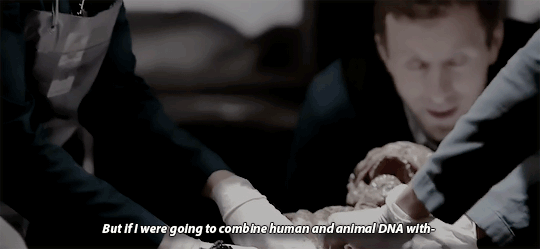

Jen Bervin notes how Dickinson’s envelope writings have been referred to as “scraps” in scholarship, and though I agree with the urge to engage with the fullness of Dickinson’s praxis, the use of the word “scrap” (small piece from skrapa “to scrape, scratch, cut”) seems to maintain more of the at-hand-ness, or “in-pocket-ness” of these works as Dickinson herself worked them.
SUSAN HOWE SPONTANEOUS PARTICULARS ARCHIVE
I’m curious, too, about how Howe’s figuring of the archive as “an ordinary room” (63) distracts from its actually very unordinary protocol.

Touch here means accelerated obsolescence. And really how else could Howe possibly mark her study of these objects, and the compelling resonance they have with one another, except by subjecting them to the smoothness of the page? A textural engagement would require a visit to each of the special collections, and even then (hoping access would be permitted), perhaps the archival glove* would be enforced, for unlike Hayward’s entangled/reciprocal laboratory experience, the archive prohibits any impress from observer onto object.
SUSAN HOWE SPONTANEOUS PARTICULARS FULL
It seems I’m bemoaning the impossibility of a full representation of these objects’ textural variance. A facsimile suggests a similar make, but something about the cleanness of the image reproduction (of what amounts to only a facet of the object) obscures what’s lost from tactile experience of the material form. Howe approaches the textural difference between the paper of Dickinson’s envelopes, the “singular whispering skeletons” (41) of Williams’ prescription pad paper, and the alluring center spread of Edwards’ Efficacious Grace-made from “discarded semi-circular pieces of silk paper his wife and daughters used for making fans” (46)-through description, facsimile, and historical contextualization.

Yet the codex is a slightly older technology that makes its own corruption of the physical encounter. In her prefatory comments, Susan Howe describes Spontaneous Particulars as a “collaged swan song to the old ways” (9), to some time before electronic technologies transformed the encounter between observer and object in the archive. Reading the Howe/Bervin after the Sedgwick/Bora/Hayward, I couldn’t help but read the fetish gleam onto the reproductions of archival materials in Spontaneous Particulars and The Gorgeous Nothings. I bristle at the facsimile, even as it lures me.


 0 kommentar(er)
0 kommentar(er)
